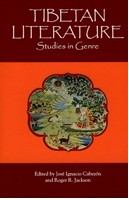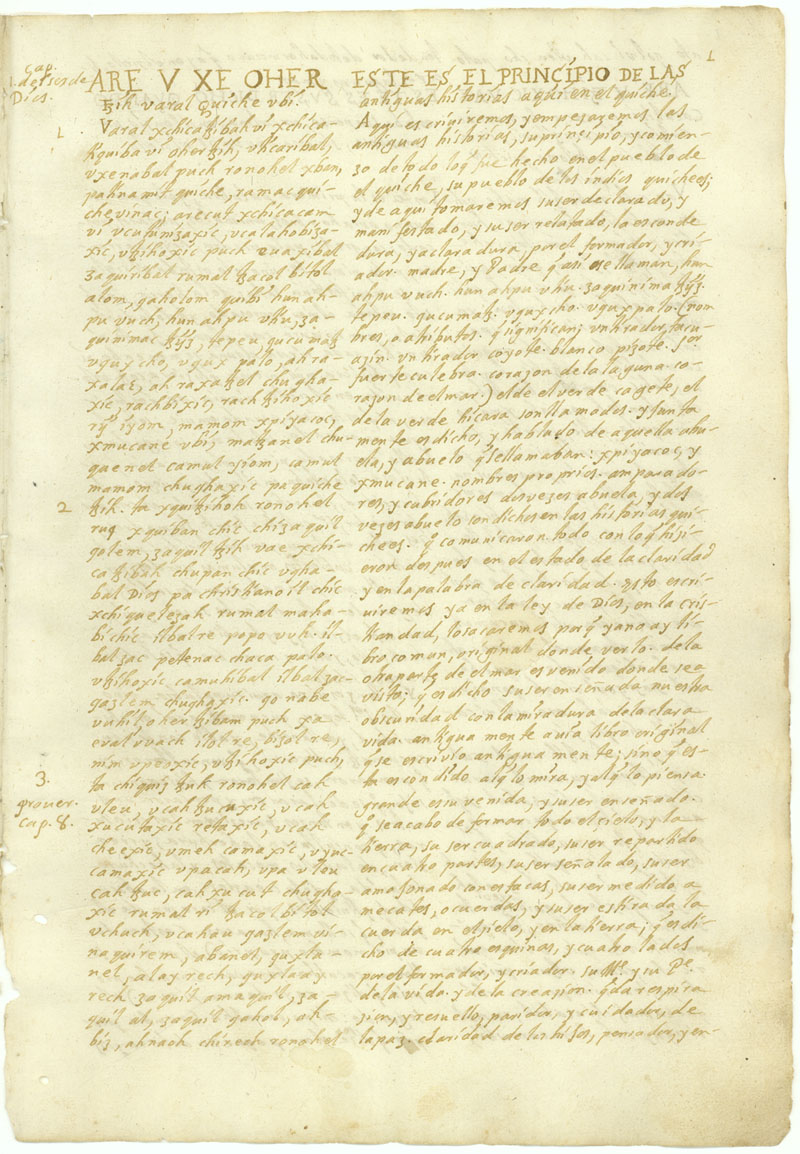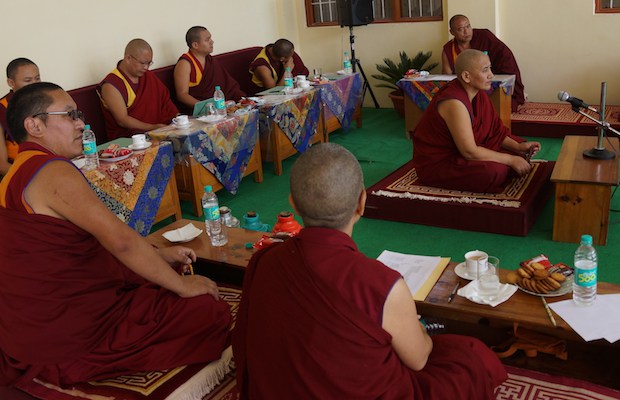Featured Resources
SHANTI Texts is a published repository of texts that can be used for a variety of content types, from remediated primary sources to long-form scholarly blog posts to be shared via social media. It is designed to allow you create content on-site or to upload long texts.
The origins and development of Dzongkha as Bhutan's national language.
Taken from url: http://places.kmaps.virginia.edu/descriptions/238.xml
Taken from url: http://places.kmaps.virginia.edu/descriptions/1267.xml
Students sit cross-legged and take three deep breaths, inhaling through their noses and exhaling through their mouths.
ARTICLE ABSTRACT
Translation of the Tibetan version of the classic Mahāyāna sūtra on non-conceptuality, known in Sanskrit as the Ārya avikalpapraveśa nāma dhāraṇī, and in Tibetan as ’phags pa rnam par mi rtog par ’jug pa zhes bya ba’i gzungs. The ideas expressed in this sūtra played a prominent role in the debate between the proponents of gradual and "sudden" paths that was prominent in Tibetan and Central Asian in the 8th and 9th centuries. It was commented on by Kamalaśīla and there are several translations of it into Tibetan and Chinese found at Dunhuang.
An elucidation of the roles of the gathpo (alt. gadpo) in festivals of central Bhutan.
In general, Buddhism rejects the idea that someone else can save you. One is one’s own saviour and even the Buddhas are only teachers. The Buddha said: “I show you the path to liberation but liberation depends upon you.”
This piece was initially published in Bhutan’s national newspaper Kuensel in a series called "Why we do what we do".
Taken from url: http://places.kmaps.virginia.edu/descriptions/1305.xml
A brief summary of the eight main manifestations of Guru Rinpoche according to the Bhutanese perspective.
An explanation of the history and significance of Bhutan's national day, celebrated annually on December 17th.
Gyatongpa, literally ‘one with eight thousand’ is one of the most common books found in traditional Bhutan. It is the Perfection of Wisdom Sutra in Eight Thousand Verses also called Aśṭasāhasrikāprajñāpāramitāsūtrain Sanskrit.
This piece was initially published in Bhutan’s national newspaper Kuensel in a series called "Why we do what we do".


